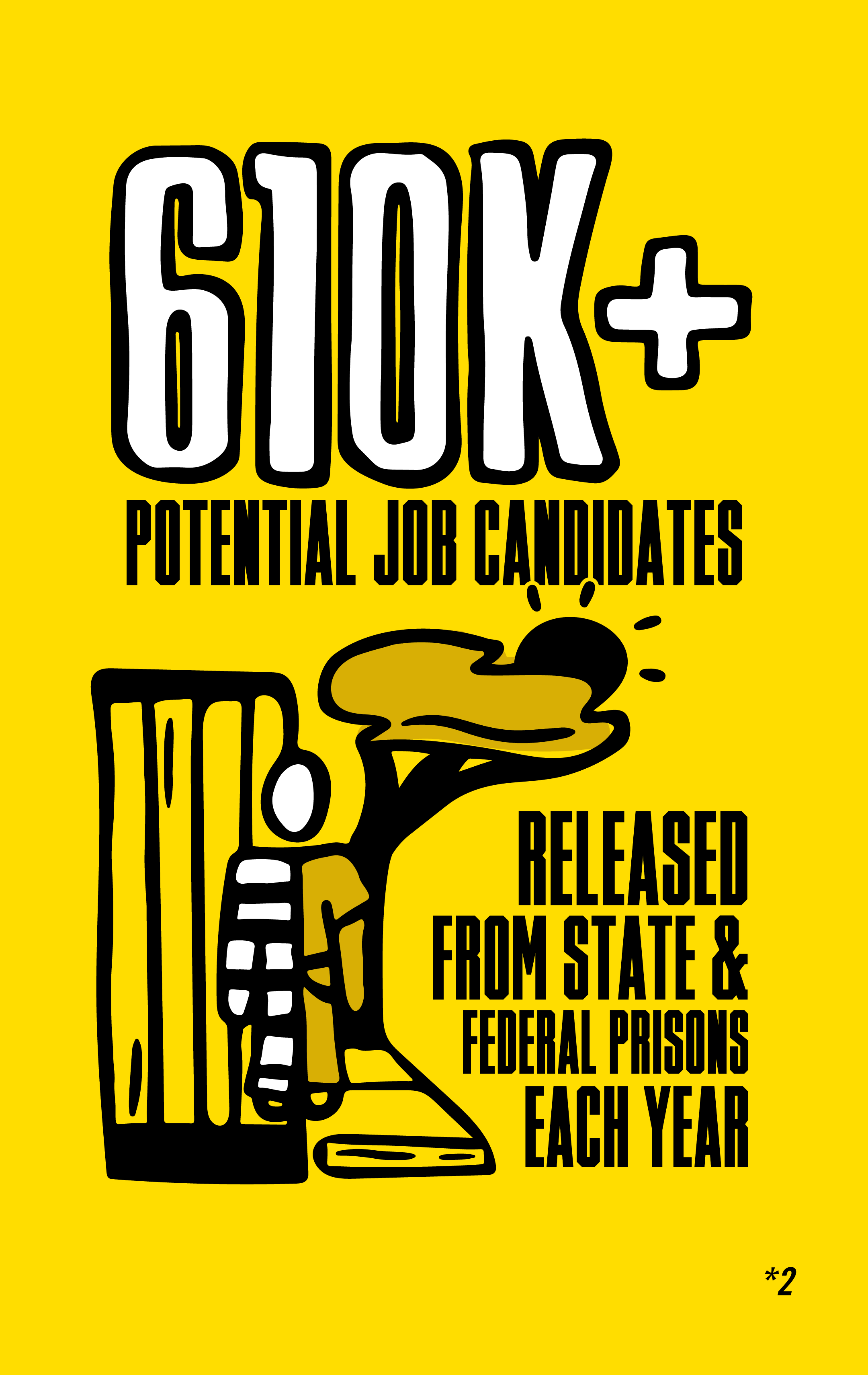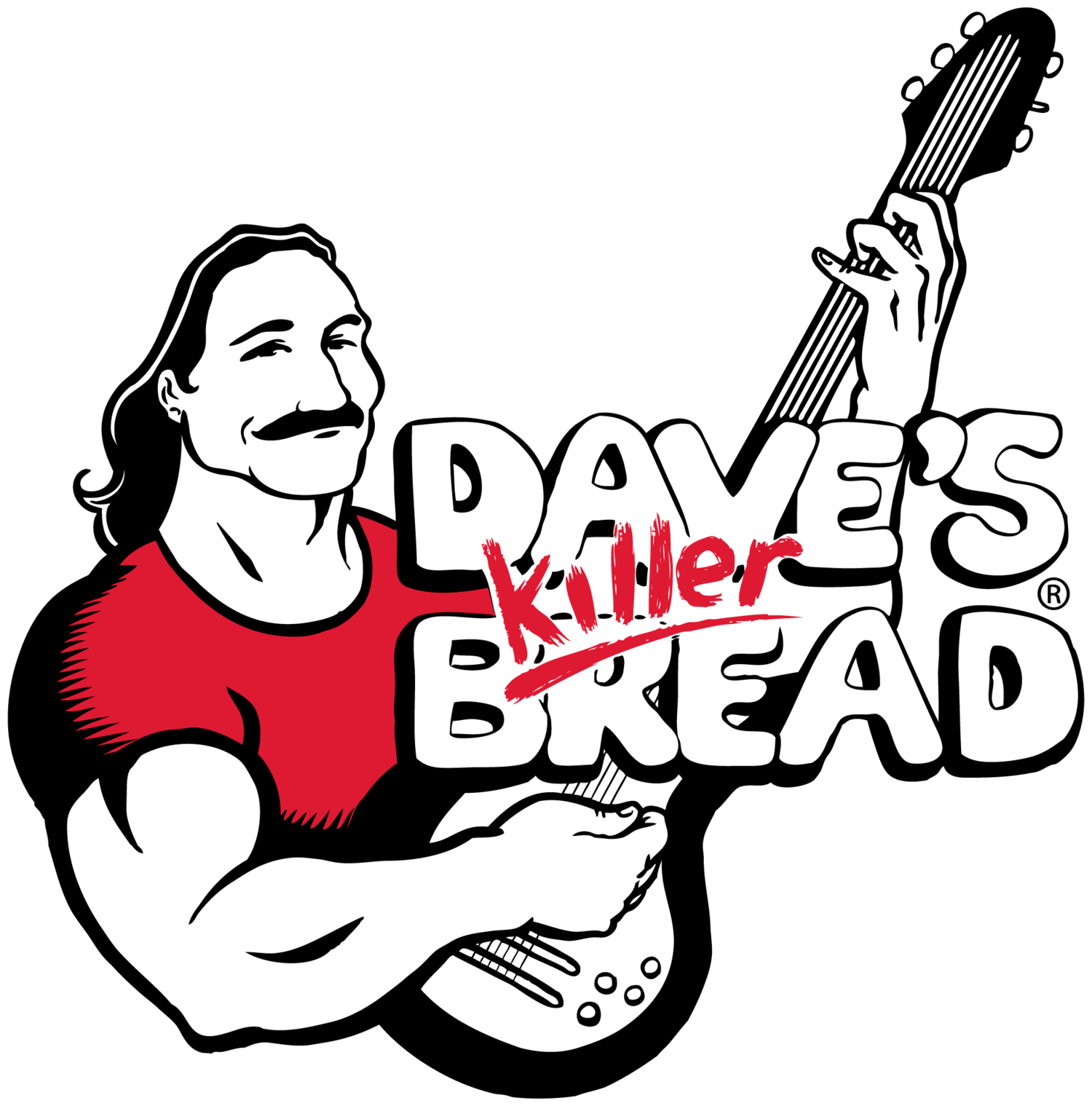
real chances. real change. real talk.
The transformative power of second chances helps individuals, families and communities. Hear firsthand accounts, get job-seeking advice and learn more about Second Chance Employment.
THE PURPOSE BEHIND EVERY LOAF
At Dave’s Killer Bread, we believe in Second Chance Employment: hiring the best person for the job, regardless of criminal history. Every time you reach for your favorite Dave’s Killer Bread product, you’re supporting a more hopeful future. For nearly 20 years, Dave’s Killer Bread has actively hired people with criminal backgrounds, giving people a second chance to turn their lives around. At our flagship bakery in Oregon and others across the U.S., we’ve made a positive difference in hundreds of lives, families and careers. With an “attitude of gratitude,” our employee partners are eager to make the bread you love, and to learn, grow and give back to the communities where we all live, work and play.
stories from Some of the people who’ve made your bread
Click on an employee partner portrait to learn about their story.




1: Anastasia Christman and Michelle Natividad Rodriguez, Research Supports Fair-Chance Policies (New York: National Employment Law Project, 2016), https://www.nelp.org/publication/research-supports-fair-chance-policies/
2: https://www.worldometers.info/world-population/us-population/ & https://en.wikipedia.org/wiki/United_States_incarceration_rate#:~:text=While%20the%20United%20States%20represents,percent%20of%20the%20world's%20prisoners
3: Ferguson, S. (2024) Data deep dive: The workforce impact of second chance hiring, U.S. Chamber of Commerce, https://www.uschamber.com/workforce/data-deep-dive-the-workforce-impact-of-second-chance-hiring-3
4: Initiative, P.P. Since you asked: How many people are released from each state’s prisons and jails every year?, Prison Policy Initiative, https://www.prisonpolicy.org/blog/2022/08/25/releasesbystate/








